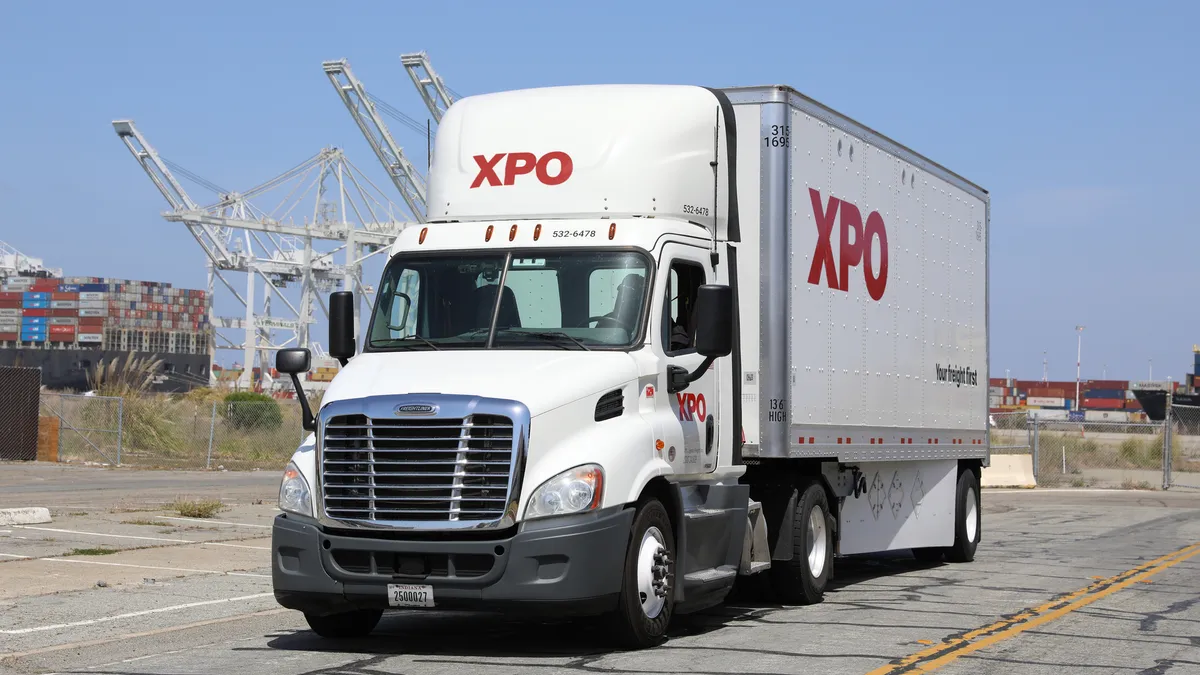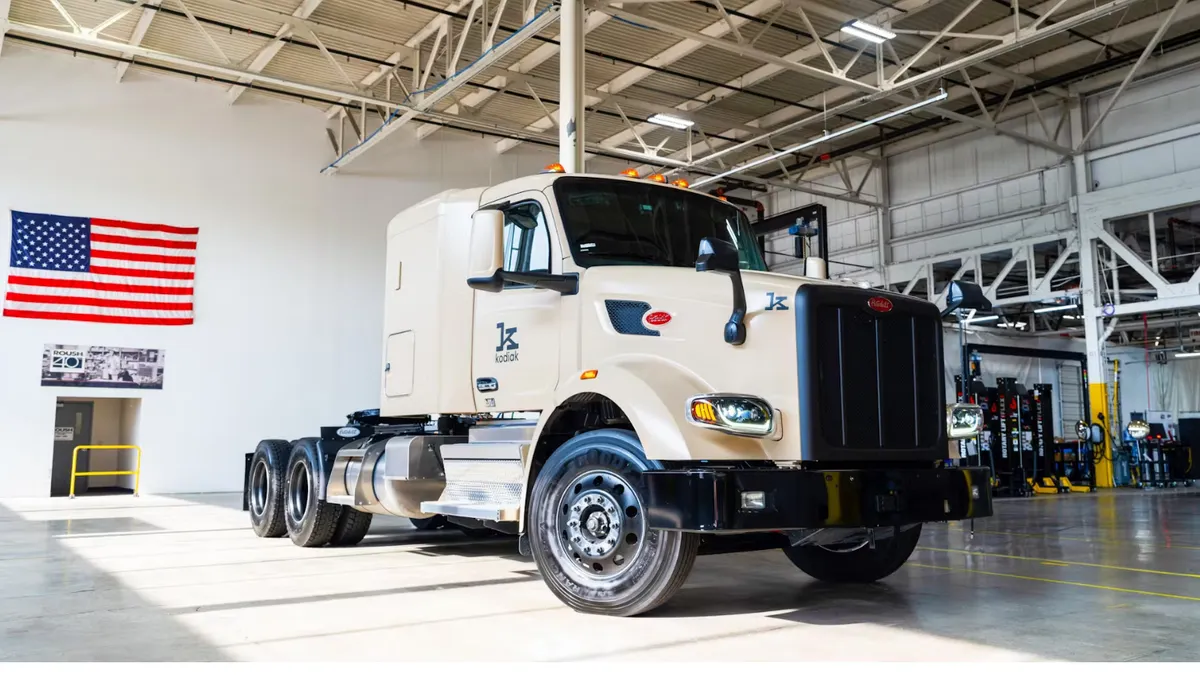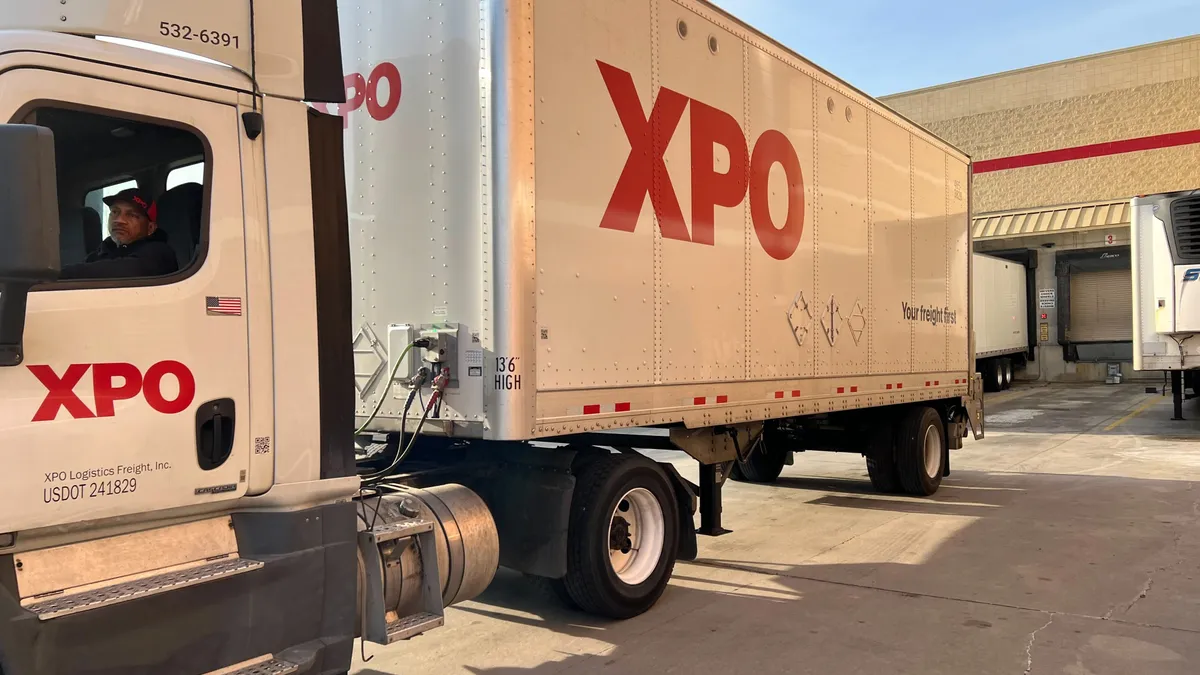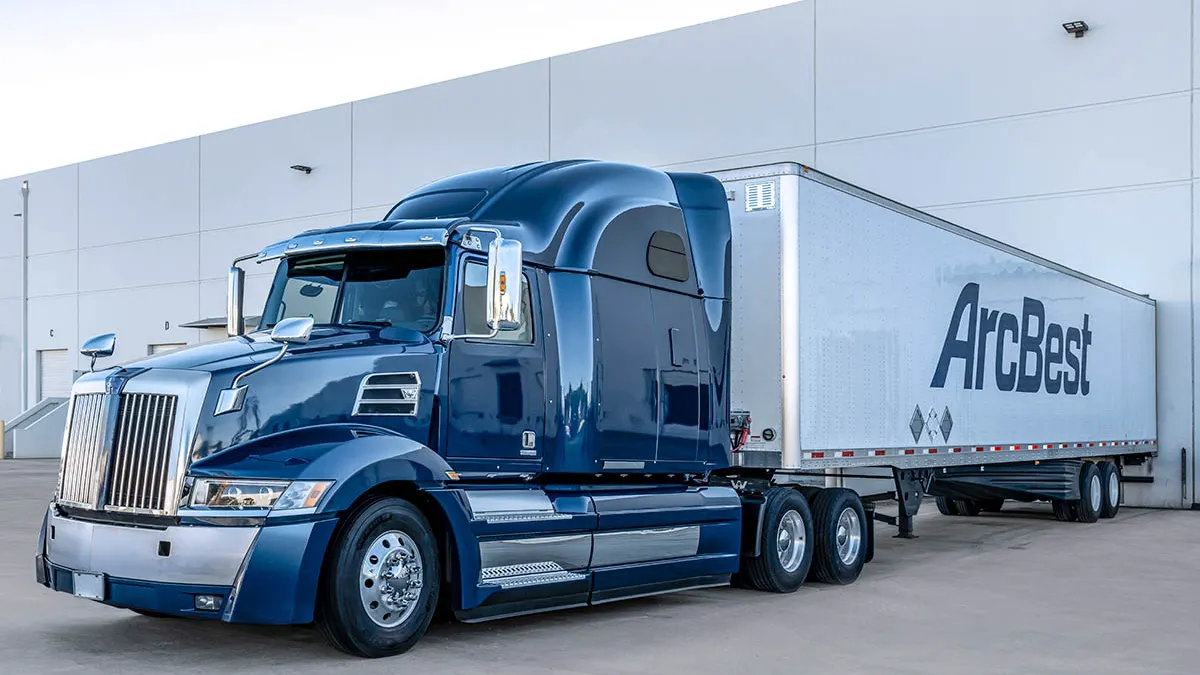The following is an opinion article written by Tanmay Mathur, senior vice president of linehaul at XPO. Opinions are the author’s own.
The artificial intelligence boom is here. Or so it may seem from the daily headlines spotlighting remarkable achievements and exciting opportunities powered by AI across industries and geographies.
With Expedia, Snapchat, and Coca-Cola announcing the integration of OpenAI and ChatGPT into their operations, and JP Morgan’s CEO Jamie Dimon saying that his company already has more than 300 AI use cases in production, it’s hard not to feel like you’ve missed the boat on AI.
This feeling may be particularly pronounced among companies in the freight transportation and logistics industry that has a reputation for lagging in technology and digital transformation. However, it’s important to realize that while AI technology is already making real impact on businesses and society, we’re still in the early stages.
According to 2022 IBM Global AI Adoption Index, 35% of companies have adopted AI globally and in the US, the number dwindles to 25% – creating a big opportunity for the majority of businesses to get started.
AI has tremendous potential for freight transportation and logistics companies to not only automate mundane tasks like shipment tracking and handling basic customer service inquiries, but to exponentially improve operational efficiency, routing, forecasting, decision-making, as well as enhance safety and increase flexibility.
At XPO, we’ve already begun to leverage AI to the benefit of our employees and our overall business. For example, we’re using machine learning to develop algorithms that anticipate where pickups are most likely to occur. This data helps us optimize pickup and drop-off points, reduce dwell times and create routes with more stops per hour.
We’re also using data to help onboard business quickly with minimal overhead and risk. We’ve made in-roads in Dynamic Pricing, where our algorithms make real-time adjustments to customer rates on certain loads. The machine learning models used by our pricing team are getting smarter every day and the automated processes can onboard customers immediately, eliminating a common pain point.
However, as the implementation of AI is complex and ever-evolving, there are important considerations and challenges to keep in mind as you begin to strategize with AI.
Know what you’re solving for, and all the implications of doing so
Adopting AI requires a close examination of all areas of the business to find where AI can provide the most benefit and where the path of least resistance exists in its implementation. At XPO, we’re using AI to streamline routing, forecasting, and pricing which are prime places in our business to drive efficiencies.
Looking for places where you can start small and have the ability to test and scale up the technology is key. It’s also important to ask the right questions about how the application of AI could impact stakeholders. For example, how does it impact current jobs and are there legal implications? Also, think about how you can prevent inadvertent negative impacts.
Closely vet the data that will feed into your AI models
Before thinking about the type of AI technology to implement, you should analyze the data feeds you already have in place to determine how complete and accurate the data is, the size of the data source, and how the data is stored.
This requires a close look into how your business is gathering data, and for some industries, this will require more work than others. Take XPO’s freight transportation business, for example. As a network-based business, billions of data points are in play when freight moves through our vast network to our customers. Our workforce of 22,000 employees is inputting and emitting millions of data points each day from handhelds to tablets at the terminals to telematics inside our trucks.
Confirming whether data is complete enough to be used by itself or if other data sources are needed, should also be considered when building your AI model.
Choose the right teams and technologies
Not only do you need the right technology, but you also need the right team to keep the technology running.
There are various AI technologies available, including rule-based systems, machine learning, and deep learning and selecting the best option depends on the company’s specific use case, available data and expertise available within the organization.
Selecting the best mix of skills, from hiring outside data scientists, software engineers, and domain experts, or offering opportunities internally to upskill into relevant roles will drive your ability to implement AI. Working with the right technology vendors can also provide your business with the right expertise and counsel to help you navigate any roadblocks or challenges.
Know the work of improving AI models is never done
Once the initial AI technology or model is implemented, it’s important to understand how you can scale your technology and make it more efficient. This requires making sure you have feedback loops in place, which is a continuous assessment of the AI technology and the data that feeds it.
At XPO, some of the ways our technology team incorporates feedback loops is through customer and staff surveys, and daily meetings. Strong feedback loops support a culture of continuous improvement and the ability to measure results – which will be strong drivers of the technology’s success.
Strategizing with AI for the first time can be as daunting as it is exciting. Beginning with a clear understanding of how AI can help your business solve key problems will help guide the process as you get started. Ultimately, AI requires an incremental approach. So, remember, to be successful, you have to start small anyways.



















